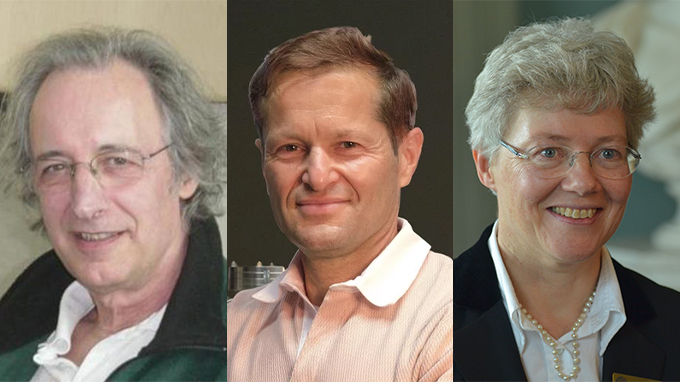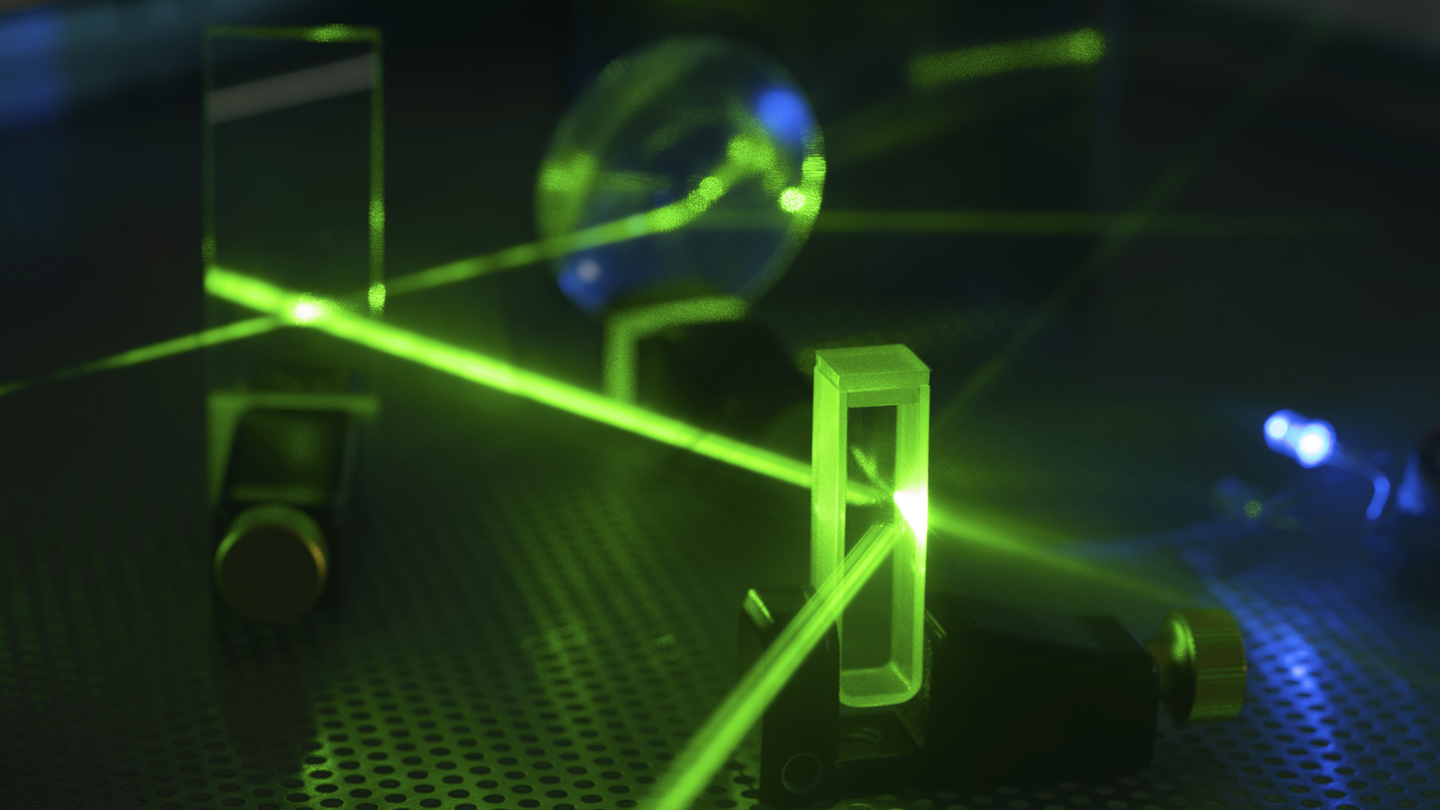Technique to see the ultrafast world of electrons wins 2023 physics Nobel
Glimpses of the ultrafast world of electrons are changing scientists’ vision of the inner workings of atoms and molecules. The 2023 Nobel Prize in physics goes to three physicists who illuminated this realm with ultrashort pulses of light, the Royal Swedish Academy of Sciences announced October 3.
Physicists Pierre Agostini, Ferenc Krausz and Anne L’Huillier will split the 11 million Swedish kronor (about $1 million) prize, awarded “for experimental methods that generate attosecond pulses of light for the study of electron dynamics in matter.”

Ohio State University; © MPI for Quantum Optics; boberger/Wikimedia Commons (CC BY-SA 3.0)
Within atoms and molecules, electrons zip around at extreme speeds. Capturing their to-and-fro is possible only with pulses of light that are extremely short. It’s akin to a camera flash that lasts mere attoseconds, or billionths of a billionth of a second.
Humans have long strived to measure processes with increasing precision, says Peter Armitage, a physicist at Johns Hopkins University. “With the advent of lasers, the timescales that you could measure became shorter and shorter [because] you’re doing it with ultrafast light pulses.”
Over decades, researchers have honed the ability to create such near-instantaneous bursts of light (SN: 3/12/10). In the 1980s, L’Huillier, now at Lund University in Sweden, noticed that infrared laser light sent through a gas would create light of a variety of wavelengths, what’s known as high-harmonic generation. The effect is a result of how that light interacts with the electrons in the gas, by a process which L’Huillier’s research helped clarify.
These other wavelengths, known as overtones or harmonics, are similar to the overtones that help give musical instruments their distinctive sounds. Adding together the right combinations of overtones results in very short pulses of light. With this method, researchers led by Agostini, now at Ohio State University in Columbus, in 2001 produced a series of light pulses, each of which lasted just 250 attoseconds. The same year, Krausz, now at the Max Planck Institute of Quantum Optics in Garching, Germany, and colleagues created single pulses lasting just 650 attoseconds. Today, scientists can make much shorter pulses tens of attoseconds long.
“I was personally fascinated by this field from the start, and this is why I continued with it during many, many years,” L’Huillier said in a phone call during the announcement. L’Huillier is only the fifth woman to receive the physics Nobel. “There are not so many women that get this prize, so it’s very, very special,” she said.
Scientists have used this technique to explore the behavior of electrons inside atoms and molecules. For example, the technique has revealed the timescale for the photoelectric effect, in which light knocks an electron out of an atom, and details of quantum tunneling, in which electrons pass through barriers that seem insurmountable (SN: 7/6/17).
The technique also reveals the behavior of molecules. “You can watch the motions of molecules themselves, essentially to make movies of molecular motion,” Armitage says. “And this is of vast interest for all kinds of things: for [everything from] understanding why some materials are superconductors at high temperatures to photovoltaic applications, harvesting energy from light…. I think it’s really just right at the beginning.”
Robert Rosner, a theoretical physicist at the University of Chicago, says one application involves designing materials from scratch.“Chemistry is all about how electrons … interact with one another,” he says. “It’s like building a house, and you need to know what goes first and what’s the next step.” But in this case, you want to follow what the electrons do during chemical synthesis — which is something ultrashort light pulses can do. “It really opens up an entirely new way of thinking about how we actually make stuff.”
For all the latest Technology News Click Here
For the latest news and updates, follow us on Google News.

